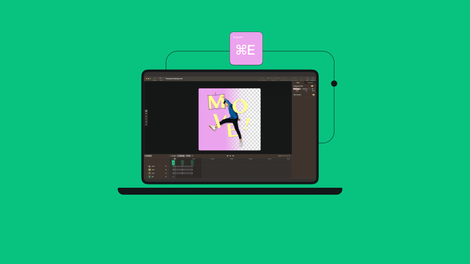Looking to get started in motion design? Look no further.
Whether you want to pursue a professional career as a motion graphics designer, or you just love graphic design as a hobby and you want to learn motion design for a personal project, you’ll need a starting point and a way to develop your skills.
Back in the day, if you wanted to learn a new skill or trade, you had to go to either a physical place of study or find some relevant books and teach yourself that way. But in our modern world, if you want to learn a new skill there are plenty of options, and one of the best is to take an online course.

There are a huge number of motion design courses and resources out there, ranging from short and snappy introductions to the area to much more in-depth deep-dives on the technical minutiae and tricks of the trade. Finding a course that is right for you can be a bit overwhelming, and so we decided to do the hard work for you. Here you’ll find ten of the best online motion design courses available along with the pros and cons of each. So if you’re looking to jump into the wonderful world of motion design, this list of courses is a great place to start.
Jumpstart your ideas with Linearity Curve
Take your designs to the next level.
School of Motion - The Path to MoGraph
This course from School of Motion is aimed at absolute beginners who are arriving to the MoGraph world completely fresh. If motion design is something that is totally new to you, this course is a really good place to start. It’s a 10-day course that has been developed with beginners in mind, and one that gives a great overview of what motion graphic designers do and what you can expect if you become one.
Even though it only lasts for 10 days, The Path to MoGraph packs a lot of good info into this short space of time. You’ll find out what kind of software motion designers use and get instruction in design principles. A cool feature of the course is that it takes users on a tour of different motion graphics studios, so you get an inside look at the industry and see how the professionals operate. You’ll also get to see the end to end creation of a real-life project and outstanding motion design pieces. This is an excellent way for beginners to get a taste of what they can expect from a job in motion design.
Pros: Quick and easy insights for beginners
Cons: No real hands-on experience and no certification

Learning Motion Graphics by LinkedIn Learning
If you’re a beginner who is looking for a super succinct and concise introduction to motion graphics design, then this course from LinkedIn Learning could be just the taster that you need. In total, it only lasts for 13 minutes and 28 seconds, which at first glance might not seem like a lot, but in this short space of time it gives you an effective introduction into motion graphic design.
The course has a brief introduction into the world of graphic design, and then follows up with a run down of the core core elements – understanding the tools of graphic design, exploring common motion graphics tasks, making the unbelievable believable with VFX – before wrapping up with some tools and techniques and tips for your next steps. The aim is to give you an understanding of the workflows of graphic design, and then show you some of the ways in which they are used in the real world. At the end you get a Certificate of Completion, which can be a nice little boost for your LinkedIn profile.
Pros: Very nice and succinct summary
Cons: Lacks a bit of depth so only suitable for absolute beginners

After Effects Motion Graphics Beast by Udemy
The title of this course implies that once you have completed it, you will enter Beast Mode as a motion graphics designer. Don’t be alarmed, there won’t be any actual physical changes, but your fundamental skills will move up a notch. If you’re dead set on developing yourself as a motion designer then this Udemy course will help to send you on your way. It has 9 hours of on-demand video and more than 40 downloadable resources, so there is a lot of material to sink your teeth into.
The course covers everything you need to know about working with Adobe After Effects and how you can use it as a professional motion designer. It starts with the basics of the software, and then moves on to animation principles, before covering types of keyframes plus text and lettering animation, and going on to more advanced animation techniques like morphing and shape modifiers.
As part of the course you’ll actually create a number of actual client projects as practice assignments, plus learn how to create professional titles, infographics, charts and more. There is a fee for the course, but it includes a Certificate of Completion (if you finish it, natch), and you’ll also get lifetime access to the content.
Pros: Enough depth to satisfy more detailed designers
Cons: Quite a lot to complete in order to get the certificate

Typography Priority and Pitfalls for Motion Graphics on Pluralsight
As a motion designer, a frequent use of your skills will be to animate typography. You could be using it to come up with cool and innovative title designs, or you could be spicing up the text for a social media asset you’re putting together. It’s a very important aspect of motion design and something that you’ll want to get to your head around as soon as possible. But what makes for good motion design typography? This course aims to answer that question.
Typography Priority and Pitfalls for Motion Graphics guides you through some of the dos and don’ts for creating awesome kinetic typography. Some of the key topics that are covered include why following trends can actually create problems, how the way in which your project will be viewed impacts the decisions you’ll make, and why keeping it short and simple is often the best tack.
The good thing about this course is that the principles you learn will be applicable regardless of the software you are using. You can finish the course in just under an hour, which we think is an hour well spent to get a headstart on becoming a typography wizard and more confident designer.
Pros: A nice compact guide to getting started with typography
Cons: Limited in scope so you’ll need to take other courses too

The Beginner's Guide to After Effects on Skillshare
One of the core pieces of software that a lot of motion designers work with is Adobe After Effects. Of course, there are plenty of other options for software you can use, but the chances are that if you do start working as a professional designer, you’ll need to get your head around After Effects at some point. It can be quite daunting to dive straight in, especially if you don’t have much experience working with this type of program. This is where this course could prove very useful.
As you might have guessed from the name, this course is totally focused on how to use After Effects as a beginner. It takes you right from the starting point of what all the panels and workspaces are, and goes through all of the main topics that are relevant to getting going with the software. You’ll know all about frame rates, timecodes, keyframe animation, masking and way, way more.
There are 34 lessons in total, and it runs for around six hours. Once you have this course under your belt, you’ll be in a great position to take any number of other courses that can really help push your fundamental skills to the next level.
Pros: All you need to get started with After Effects
Cons: You need to sign up for Skillshare

Motion Graphics and Data Visualisation on Udemy
Being able to bring otherwise boring data to life is one of the best things about motion design. You can take the information from a spreadsheet and transform it into dynamic and engaging motion graphics. This type of skill can be used to turn a boring snoozefest of a presentation into a vibrant attention grabber. The Motion Graphics & Data Visualization course is designed to teach you how to become a whiz at animating just these kinds of infographics.
No previous graphic design experience is necessary which makes this course perfect for beginners. You will need a copy of Adobe After Effects, Photoshop and Illustrator though. It starts out by taking you through the basics of how to animate simple icons before ramping it up and showing you how to use lighting and cameras effectively, explaining why sound design is super important, and also showing you some cool things like what you can do with masking. You will actually work your way through real life projects as practice exercises, so you get some proper hands-on project experience.
By the end of the course you’ll be able to make some super slick animated line charts, pie charts and bar graphs and much more. The course takes around 6.5 hours to finish, so you know it has quite a bit of meat on the bones.
Pros: Excellent targeted course for infographics
Cons: Can be a little overwhelming for absolute beginners

Motion Beast by Motion Design School
We’re not sure what it is about everyone wanting to get beastly these days, but this is the second motion design course for beginners that uses ‘beast’ in its name. This one comes from the excellent Motion Design School, which is the home of tons of courses on everything to do with pretty much every aspect of motion design.
If you’re just getting started in the field, the Motion Beast course is the one that we recommend you kick off your journey with. It’s geared towards people who are just getting to grips with the basics of motion graphics and has the aim of providing you with a solid foundation that you can build on.
The course is focused on using After Effects and across 23 lessons it guides you through all of the main topics and concepts that you will need to understand as a motion graphics designer. It kicks off with a lesson on the AE interface and transform properties to help you get to grips with how to interact with the software, before moving on to cover everything from loops to morphing to logo animation to rigging a human form, and more. It lasts for over 12 hours, and while at $349 it is on the pricier side, it really will set you up in the best possible way.
Pros: Gives you a comprehensive and thorough foundation to build on
Cons: A fairly high price point for a beginner’s course

Motion Design by Learn Squared
Animator and Creative Director Jorge R. Canedo Estrada is the program representative of the Motion Design course on Learn Squared, and while it is aimed at intermediates, we think it’s an excellent option if you have some knowledge of basic design already but are still a relative beginner when it comes to motion design. Jorge has worked on projects for major clients like Google, Adobe and Facebook, so he has a pedigree you can trust. The course uses After Effects, Animate, Photoshop, Illustrator and Audition, so you’ll need pretty much the full Adobe suite.
Ready to create brand assets that pack a punch?
Visit our Academy for free marketing design courses.
There are 73 lectures across more than 7.5 hours and it covers four main areas – Defining Motion Design, The 10 Principles of Motion Design, Concept Before Animation, and Focusing on Animation. Jorge takes you on a deep dive into each of these four areas, and the course culminates with Jorge giving you a detailed demonstration of how he creates a piece of motion design from scratch. For the $199 price you get lifetime access to the course so you can go back to it as much as you like, which is great.
Pros: Excellent resources and project files
Cons: Not suitable for absolute beginners

Motion Design in Figma by ZTM
As a modern motion designer, there is a high chance you’ll find yourself working on User Interface Design, User Experience Design, Web Design and Mobile App Design – and for this, Figma is a great tool.
Most of the courses on this list are focused on using After Effects, but this isn’t even close to being the only piece of motion design software that you can use. Figma is an amazingly powerful and versatile piece of software that is free to use (with a Pro version available that you can upgrade to). You can even use it in a web browser, so all you really need to get started here is a computer and an internet connection.
ZTM stands for ‘zero to mastery’, and that is the whole aim of the courses on the platform. You can jump into this course as a total beginner, and as long as you have everything from motion design principles and best practices, to what the best UI/UX practices in the industry are, and how you can build your own portfolio to display your skills. During the course, you build projects alongside a true pro. The course lasts for more than 13 hours, has a certificate of completion for when you finish, and aims to be a complete guide to Figma. It offers you invaluable hands-on experience and sets you up for your future career as a motion designer.
Pros: A brilliant course for boosting your interface design and web design skills
Cons: You may need another course to learn other software

Motion Design 101: A Kickstart Guide by MoGraph Mentor
MoGraph Mentor is an excellent resource with a number of really good motion graphic design courses you can use to learn about all of the main fields of motion graphics design. We’re highlighting Motion Design 101: A Kickstart Guide because it is aimed at absolute beginners and it’s totally free. For this course you’ll need Adobe Photoshop, After Effects and Illustrator, and it will take around 3 hours of your time. It’s led by the MoGraph Mentor founder, animator, designer and VFX artist Michael Jones.
What we love about this course is that it starts out by putting the work of a motion designer in context, offering instruction in motion design principles and and the principles of animation, and then looks at the production process for creating motion designs.
Michael then shares some examples of work from his own portfolio so you can see exactly how a professional motion designer operates, before finishing up by giving you a bit of art history and showing how the field evolved and what the industry looks like today. It goes on to give you extra tips and resources for you to continue your journey.
Pros: A really good free introductory course
Cons: No hands-on experience
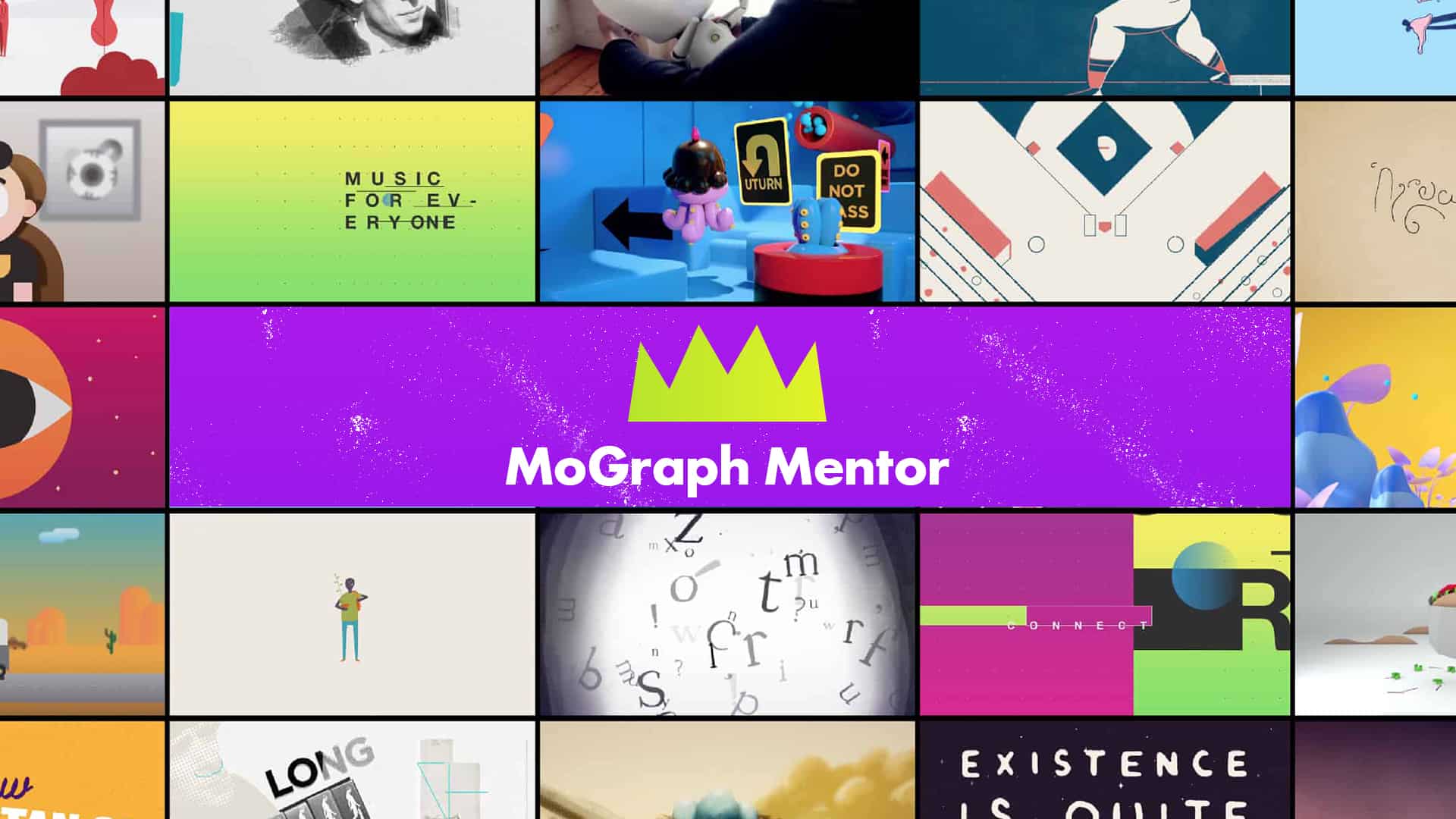
We hope this list of courses has helped you to find a course that is right for you. Gone are the days when the only way to become a professional was to enroll in a degree program or take another formal education route. All you really need is passion, drive and a willingness to learn. Good luck on your journey!
And if you're in need of a vector animation tool for your motion graphics work, look no further than Linearity Move. Join the waitlist today!
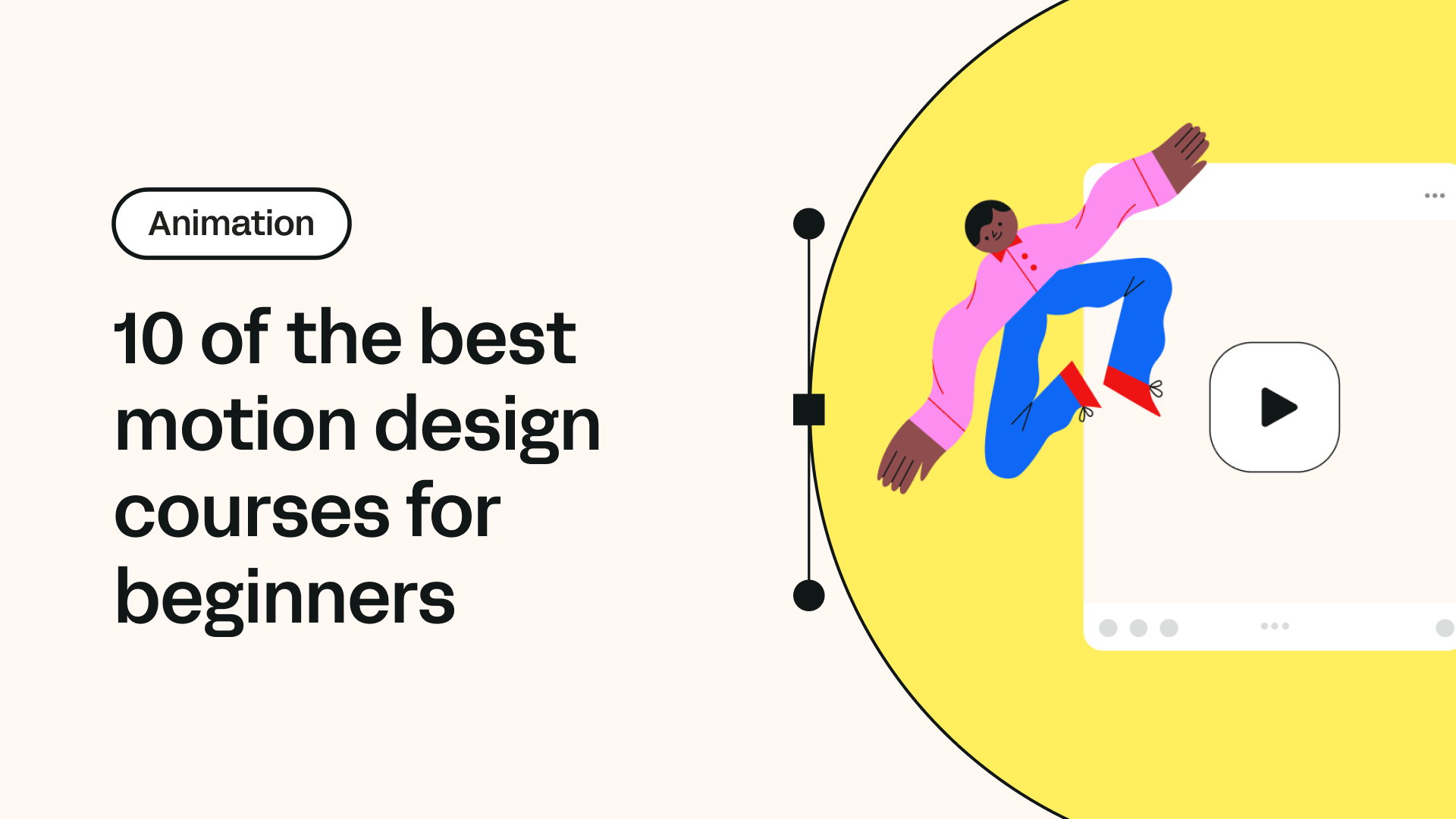

Share this!
Adí Aviram
Adí is an SEO developer working for Linearity in Berlin. Her hobbies include drawing comics, yoga, swimming, infinite scrolling, and birdwatching.


:quality(75))
:quality(75))
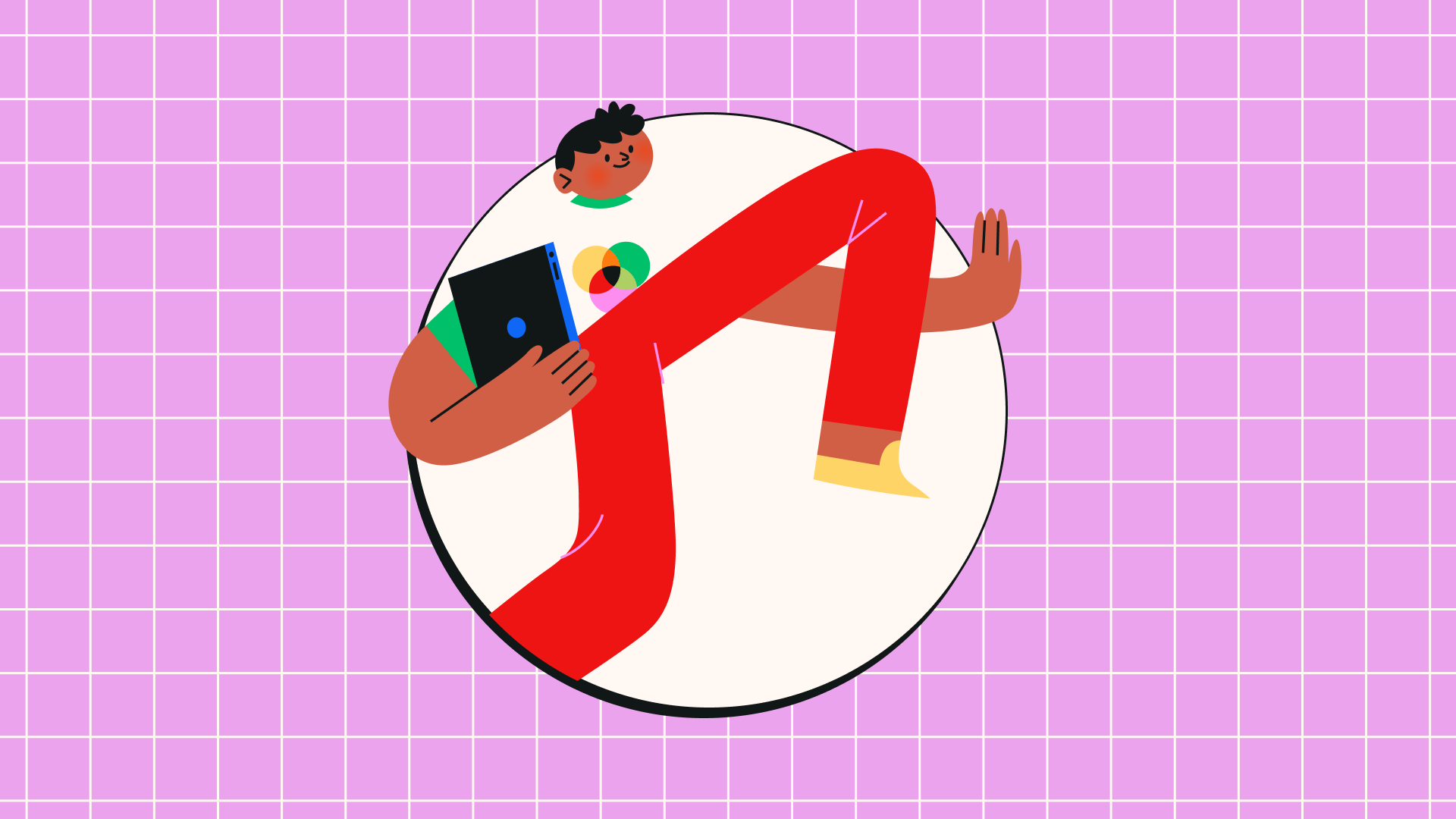

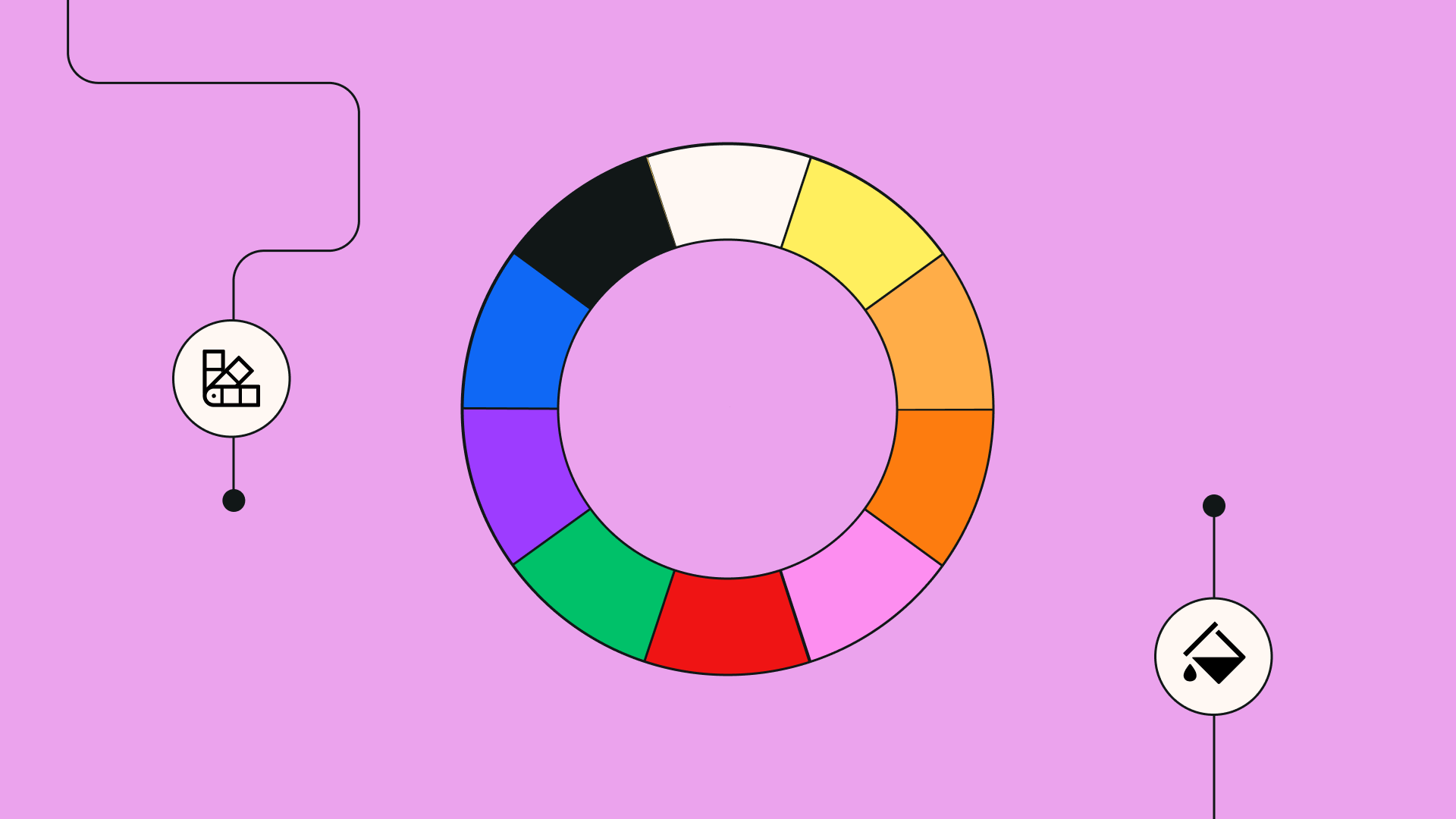
:quality(75))

:quality(75))
:quality(75))



